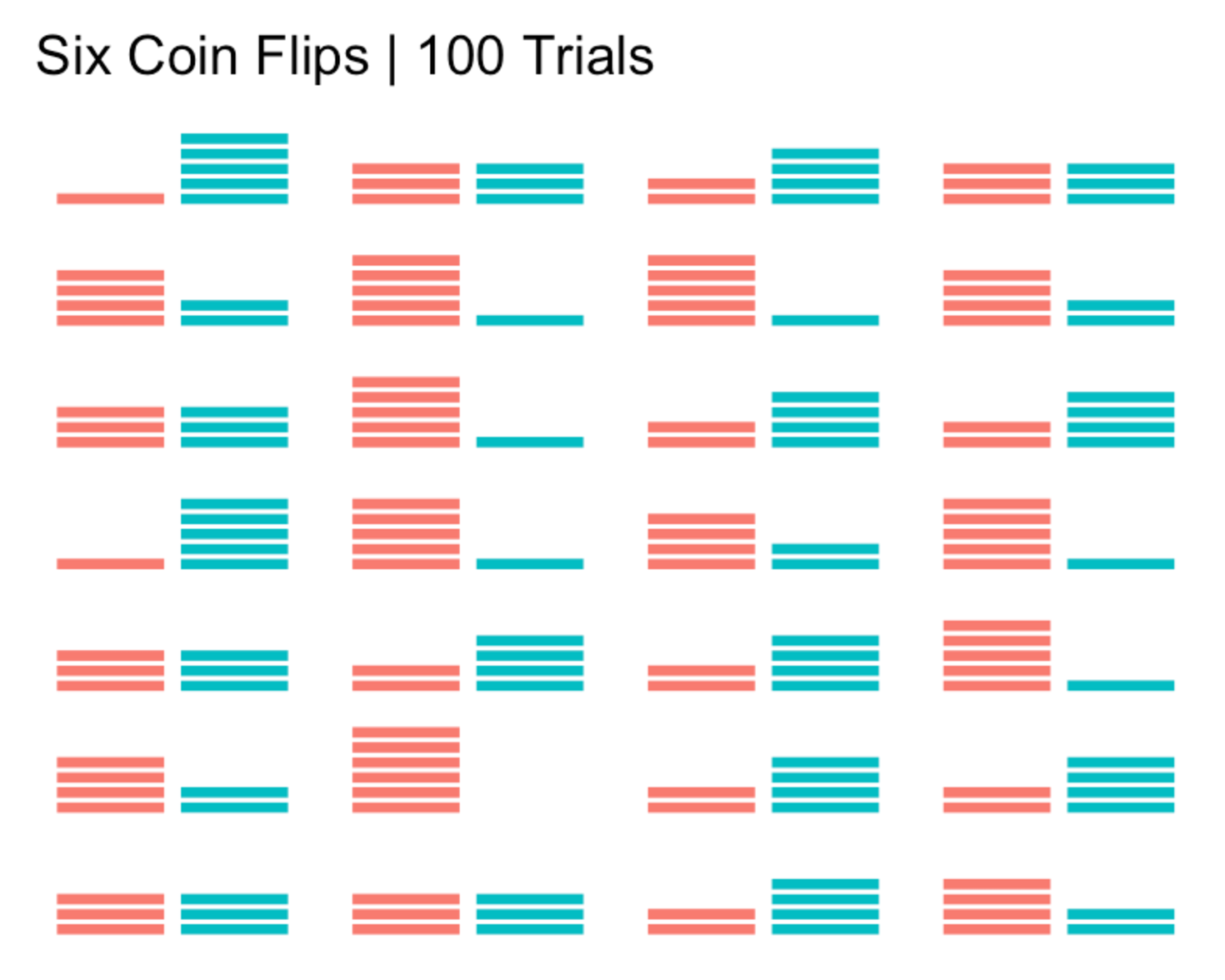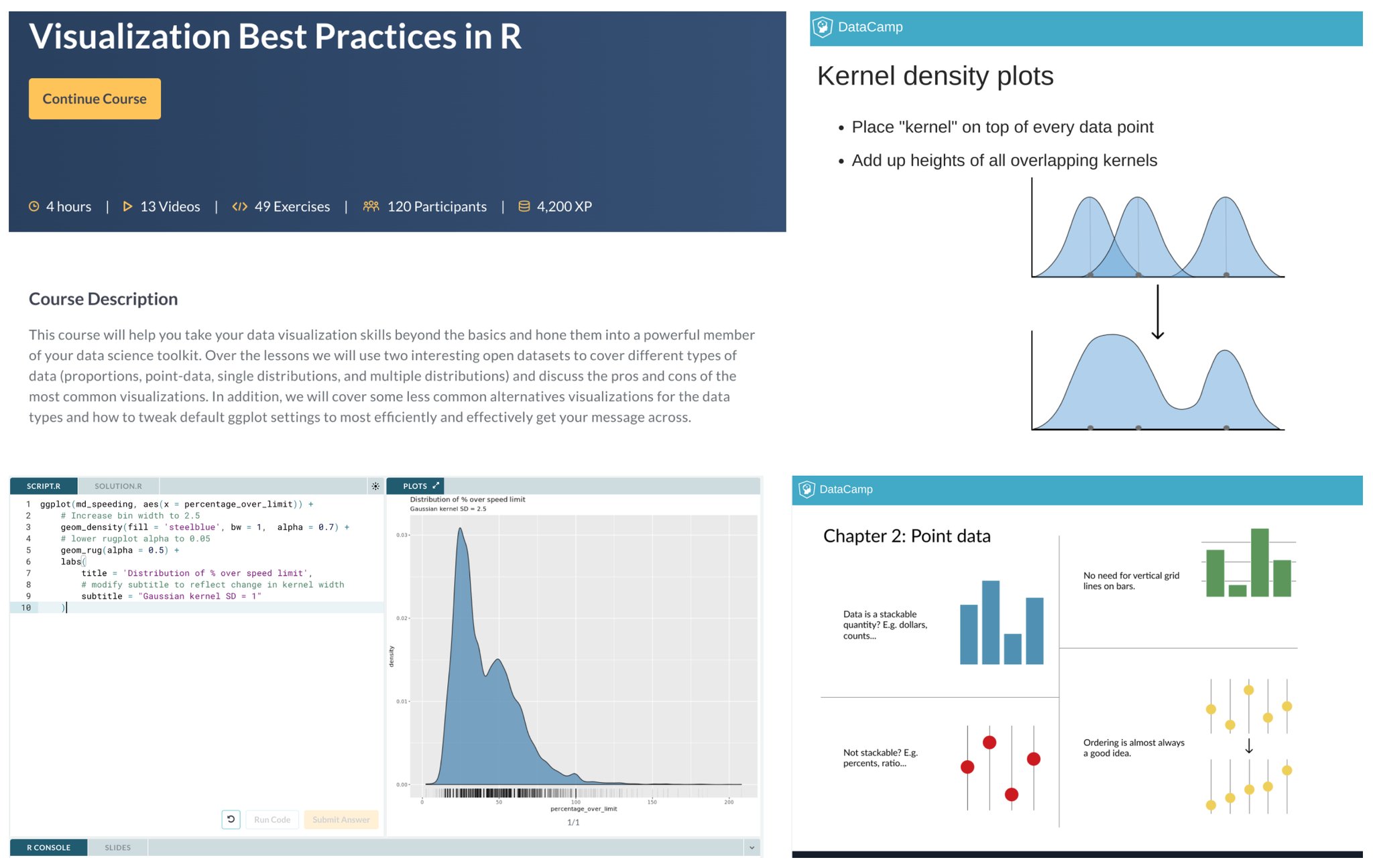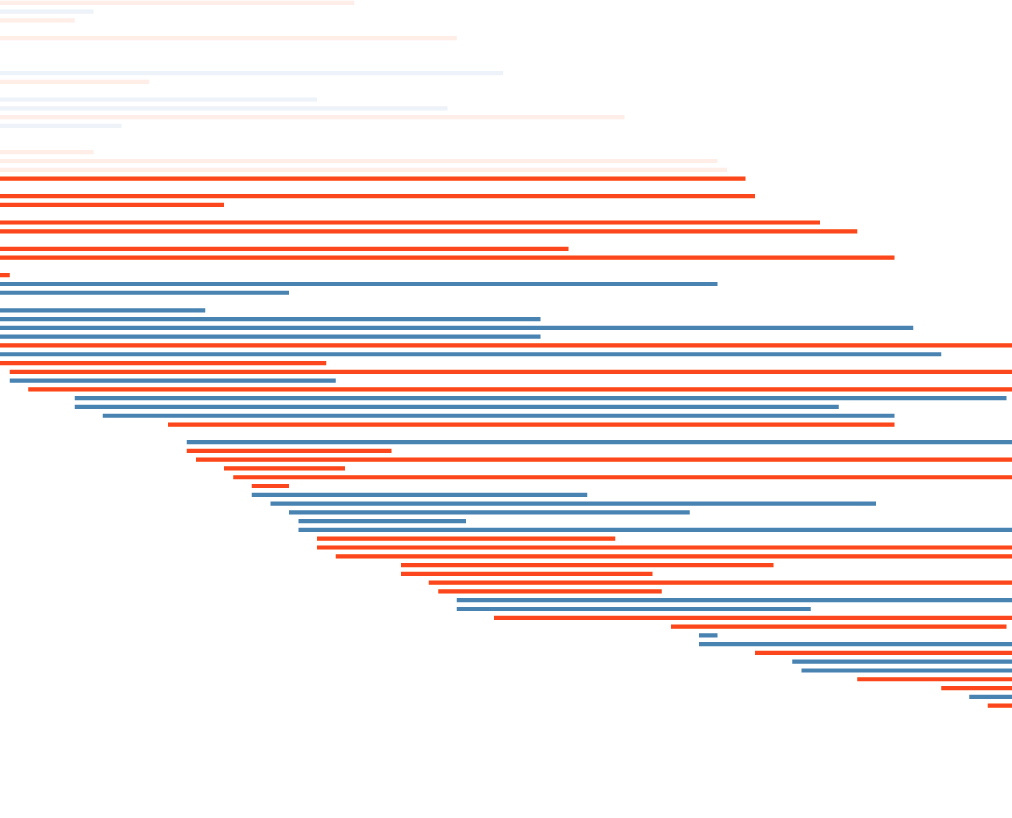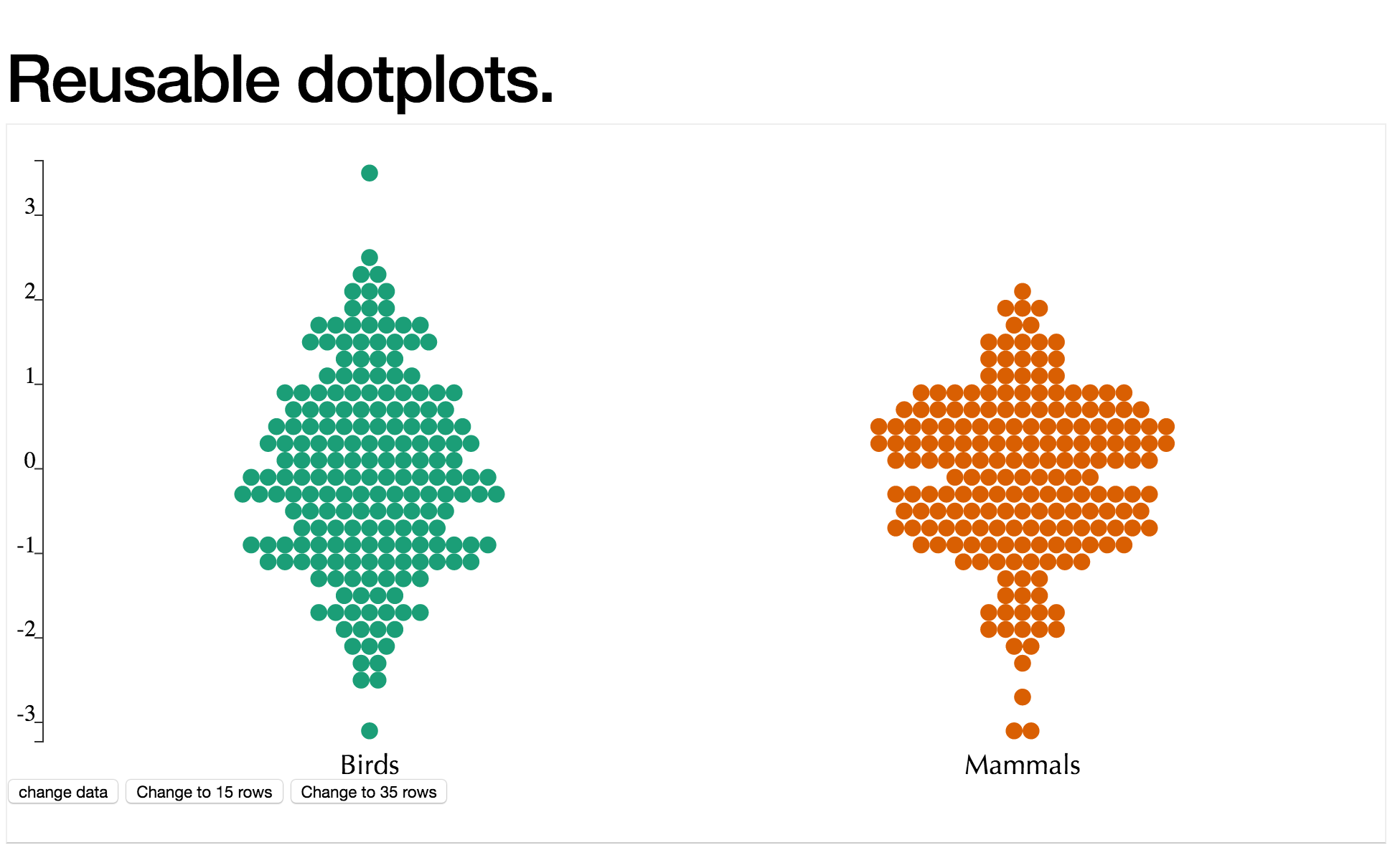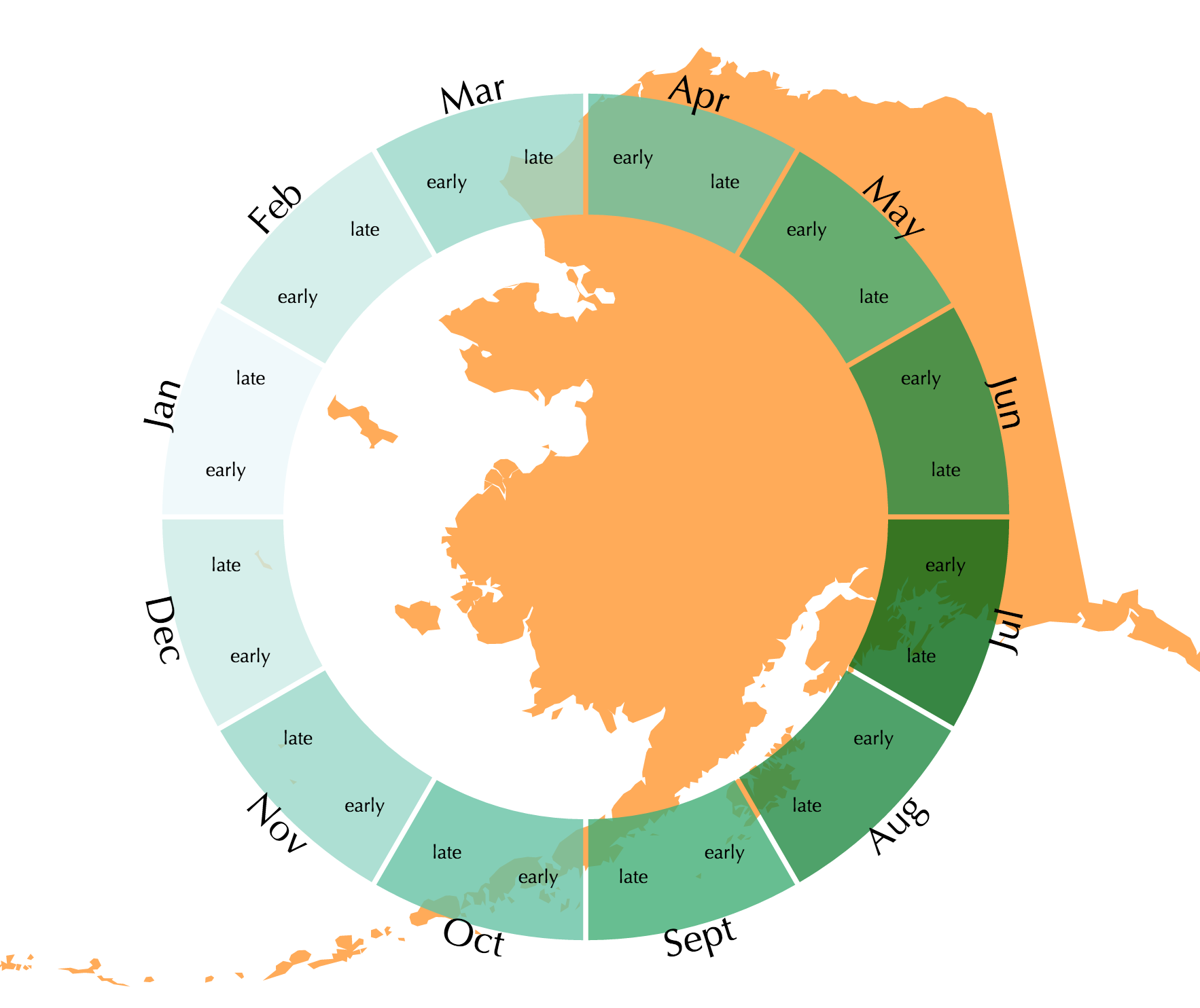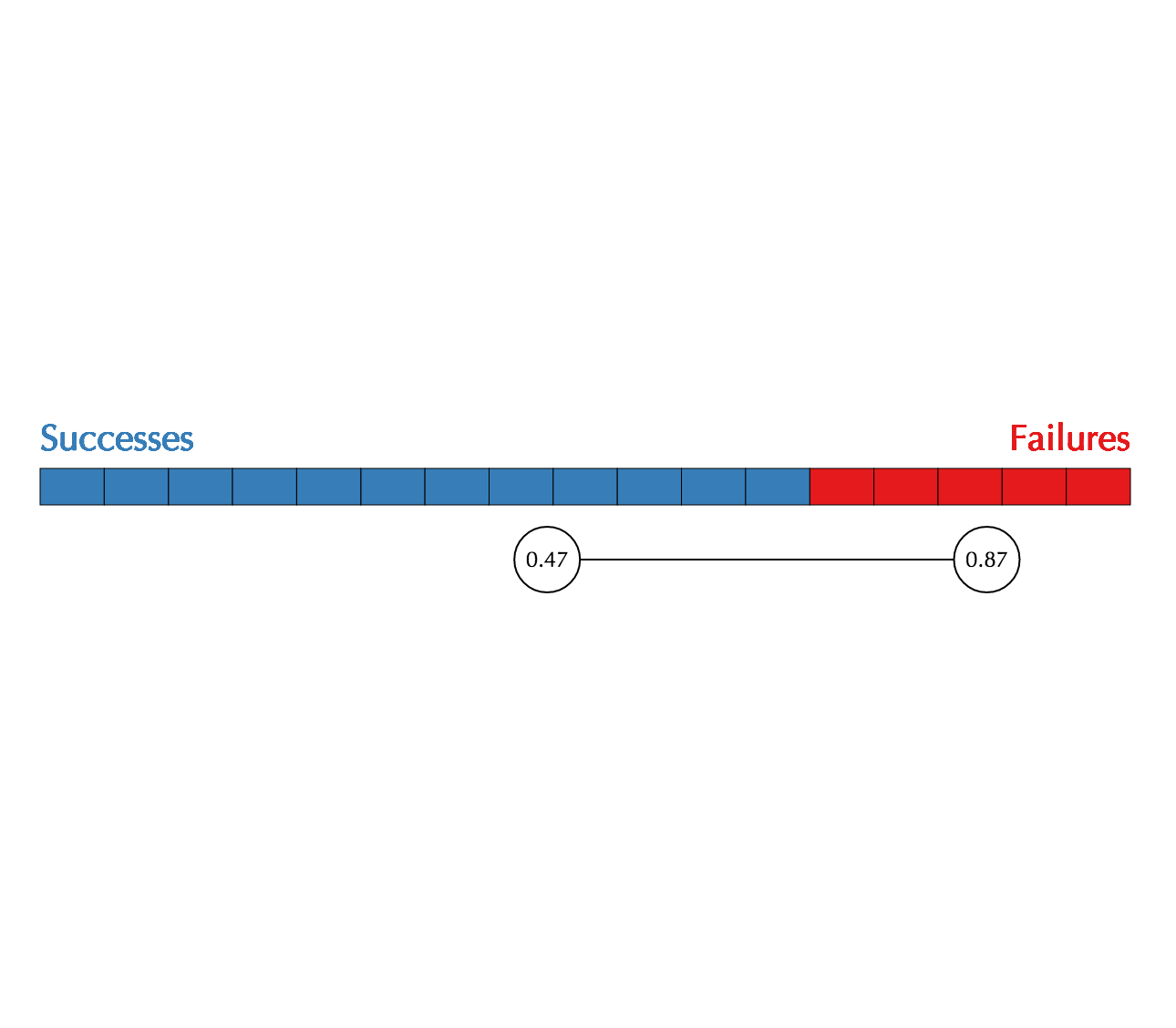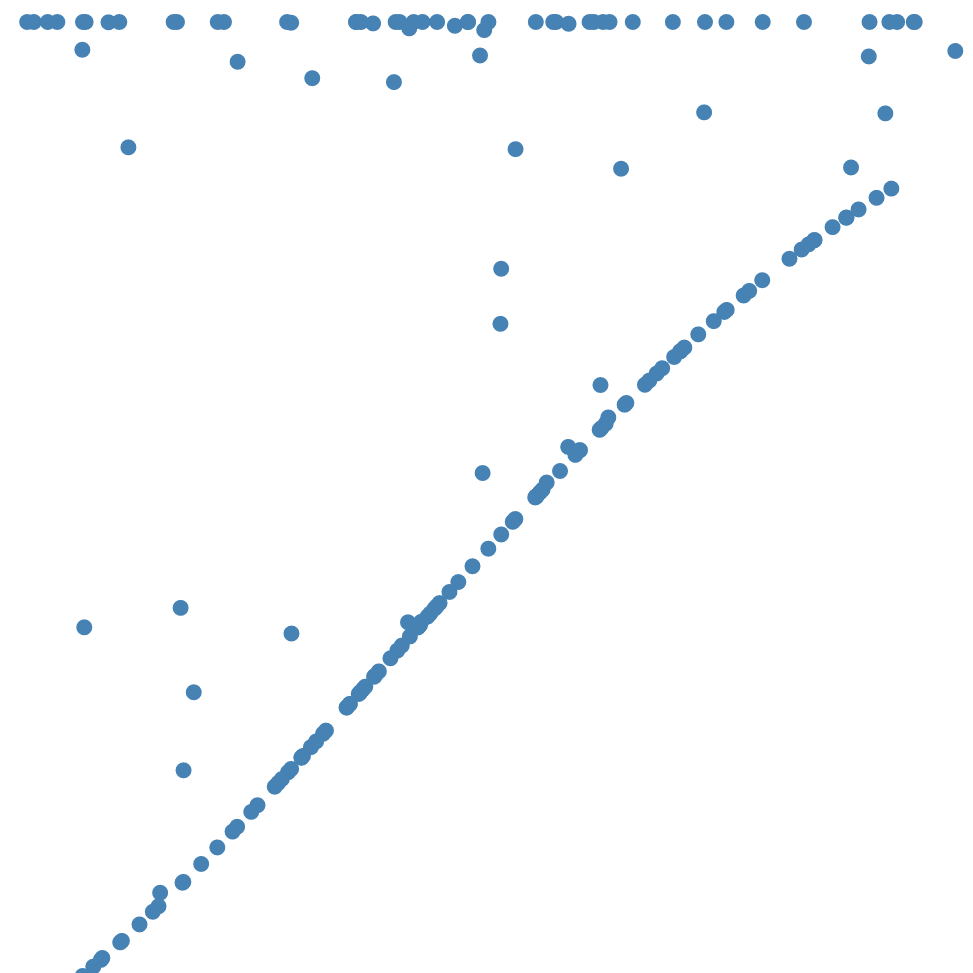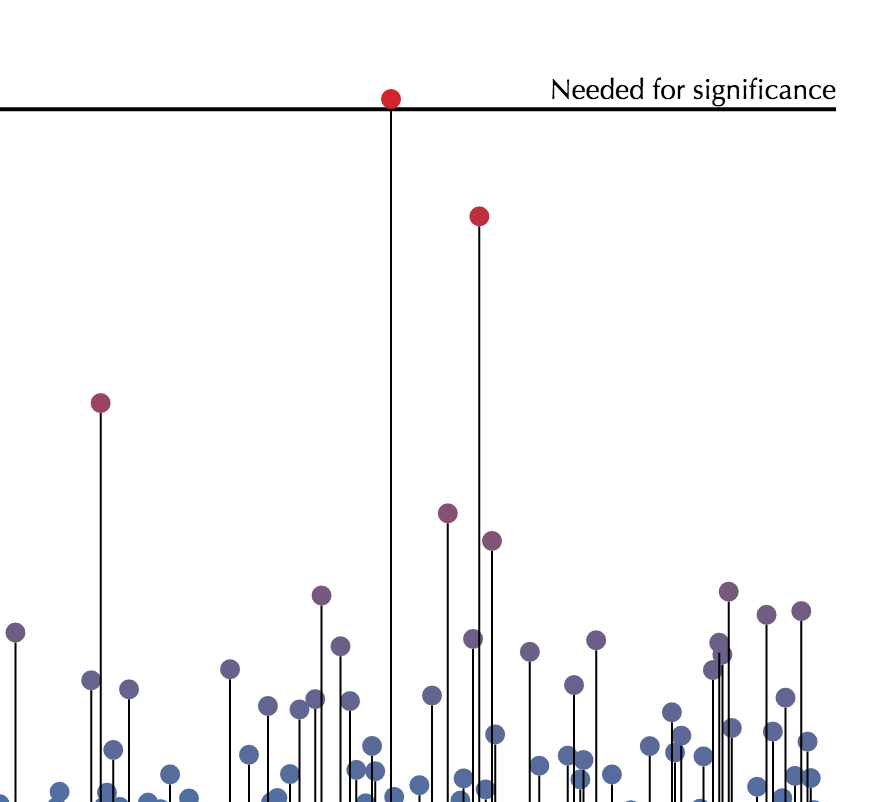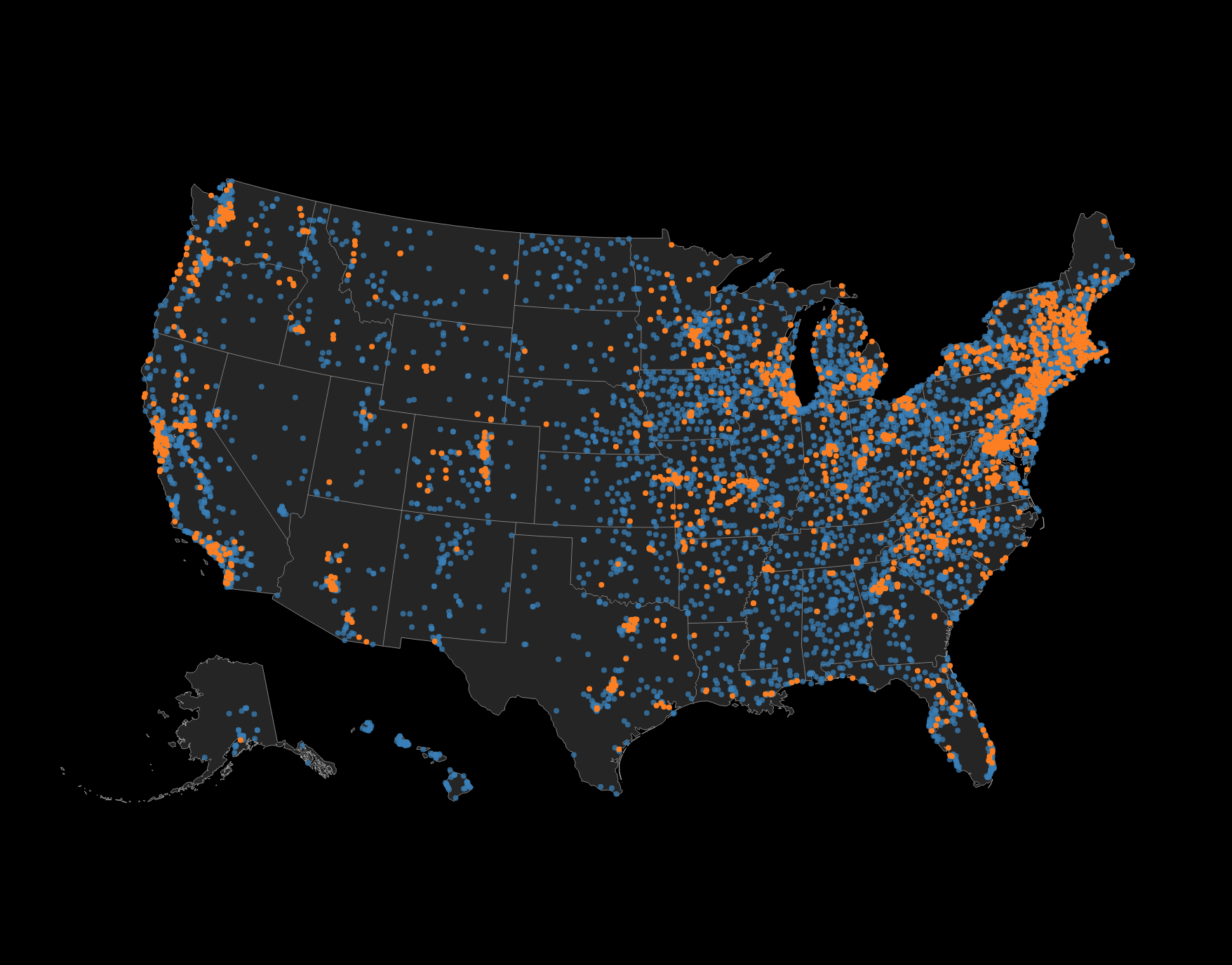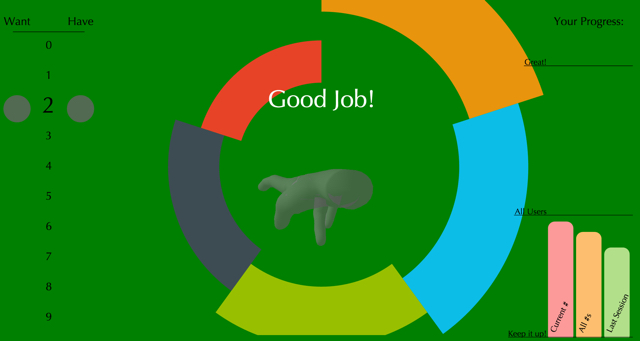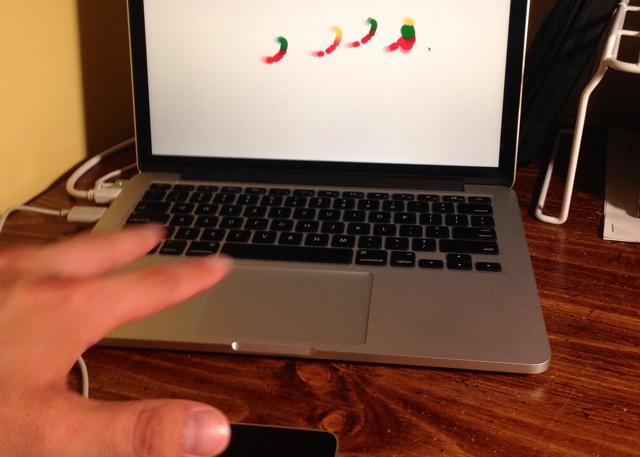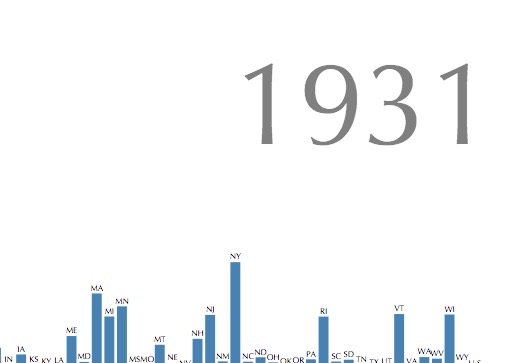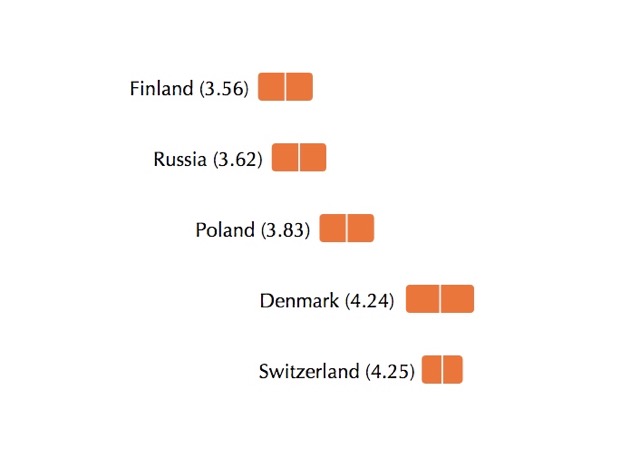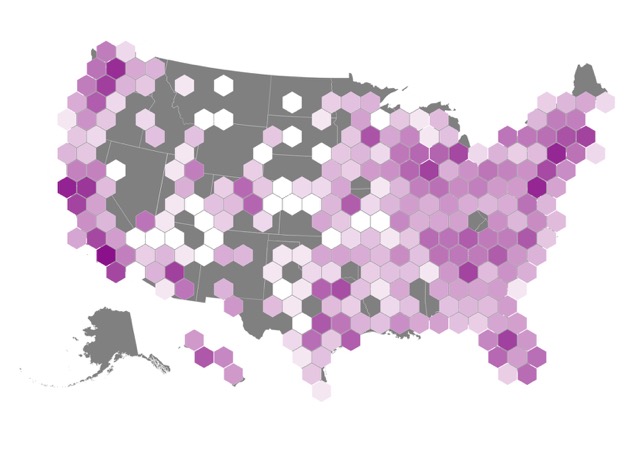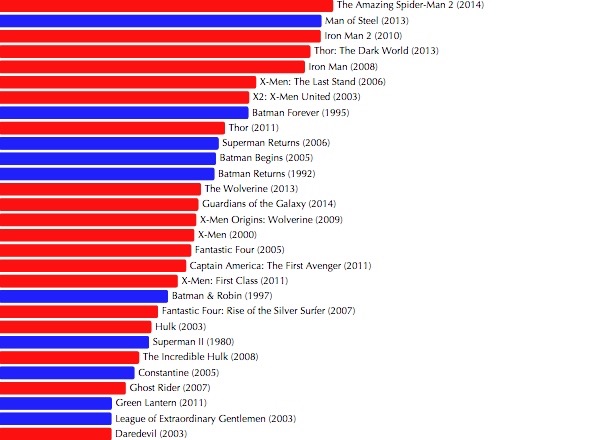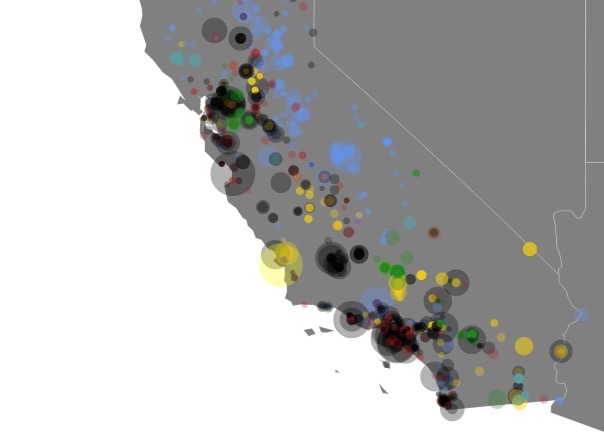Hi, I'm Nick
Visual Software Engineer and Data Scientist
I am a principal software engineer at Posit building tools to help data scientists work better.
About me
At Posit, I develop tools that enhance data scientists' workflows. My career spans multiple disciplines—from being a journalist at the New York Times to a data scientist at Johns Hopkins Data Science Lab and even a "data artist in residence" at a geospatial visualization startup.
My Ph.D. from Vanderbilt University focused on statistical methodologies for network data, deep learning, and data visualization. At the University of Vermont, I studied statistics, mathematics, and computer science.
When I am not in "work mode," I enjoy photographing birds and my daughter, running and hiking, reading science fiction, and contributing to open-source projects.
Projects
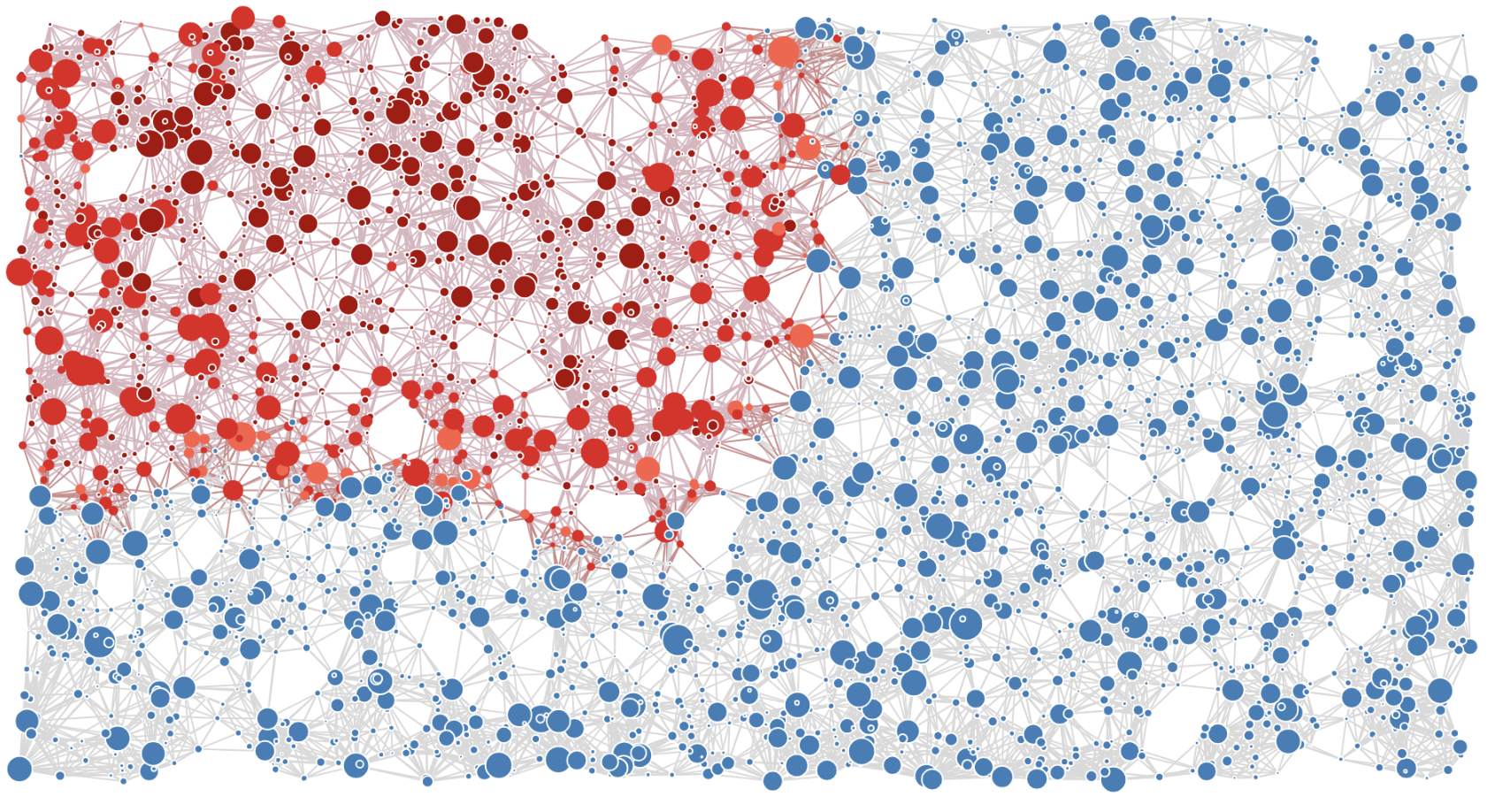
A real-time javascript simulation of epidemic spreading on a network
Built to provide intuition for spreading in constrained environments
All parameters related to spread are tunable
An R package for building a CV/Resume from a spreadsheet of information
Built around the pagedown package in R
Framework supplied by package is entirely self-sufficient so user's are not dependent on package version changes.

Shiny app for exploring results of Phenome-Wide Association Studies (PheWAS)
Allows user to look directly at individual data generating results to identify spurious or novel associations.
Build as R package framework allowing modular construction of apps based upon a projects needs.

Full implementation and explaination of t-sne visualization algorithm
Featured in "Explorables" section of Observable

A series of small self-contained functions for doing statistical computation in javascript
Functions are optimized for speed along with legibility
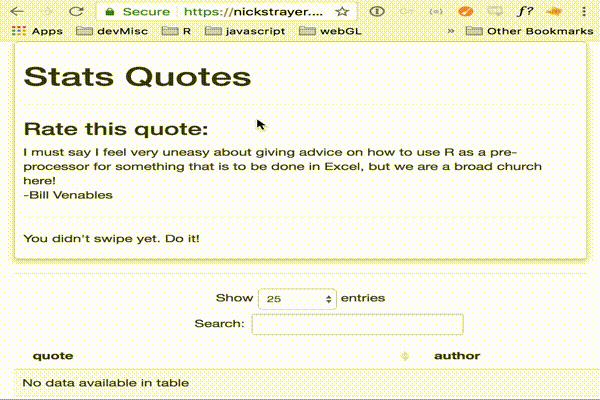
A set of shiny modules for letting shiny sense the world around it.
Currently has touch, sound, motion, and vision 'senses.'
Bundled into an R package.
Skills
The boring stuff
Want a longer list of the stuff I've done related to my career? I have a CV!
Interested in how I made these? Check out the repo: github.com/nstrayer/cv
Get in touch
I am always interested in getting involved in new projects or just connecting with others. Feel free to get in touch!
